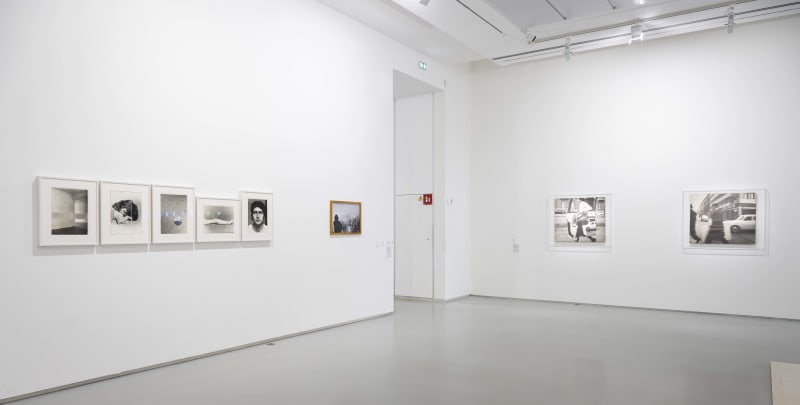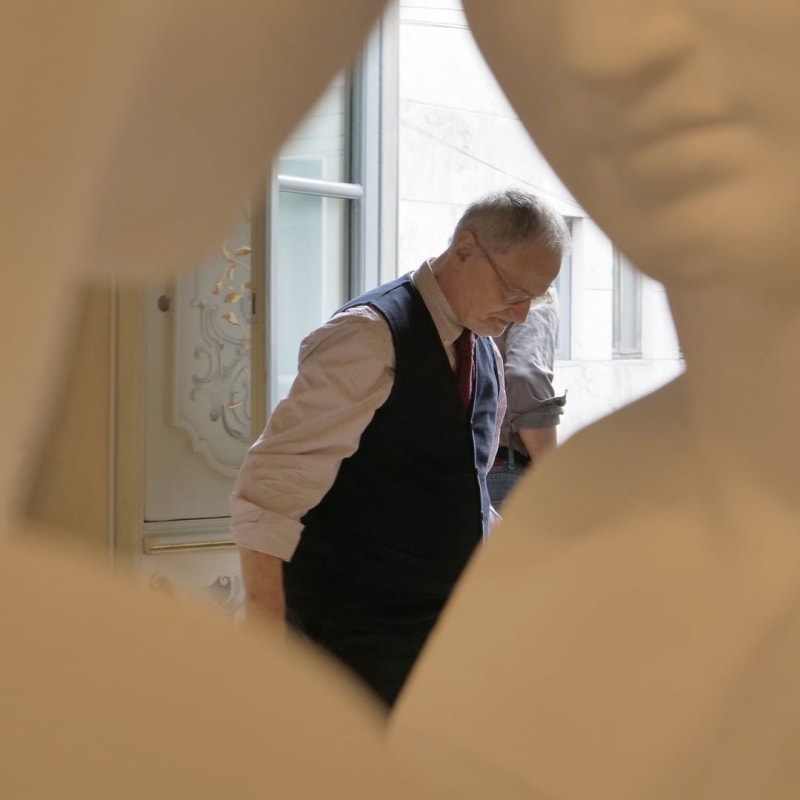Biography
Comprising an almost unchanging variation of materials (photographs, plaster casts, drawing paper, Plexiglas, objects), Paolini's work forms a dialogue with Time and History.
Giulio Paolini was born in 1940 in Genoa, Italy. He currently lives and works in Turin. In the mid-1960s he became associated with the Arte Povera movement. Comprising an almost unchanging variation of materials (photographs, plaster casts, drawing paper, Plexiglas, objects), his work forms a dialogue with Time and History. Each one possesses a complex structure that includes references to art history or literature, forming a coherent and polysemous whole constructed out of a set of fragments.
He has had solo shows in major international institutions such as the Fondazione Carriero in Milan (2018); the Museo Poldi Pezzoli in Milan (2016); the Center for Italian Modern Art (CIMA) in New York (2016); the Whitechapel Gallery in London (2014); the MACRO (Museo d’Arte Contemporanea) in Rome (2013); the Kunstmuseum Winterthur (2005); MAMCO in Geneva (1999); the Fundação C. Gulbenkian in Lisbon (1995); and the Stedelijk Museum Amsterdam (1980).
Paolini has shown at several Documentas (V, 1972; VI, 1977; VII, 1982, and IX, 1992) and at numerous Venice Biennales (1970, 1976, 1978, 1980, 1984, 1986, 1995, 1997 and 2013). He has also designed many stage sets since 1969, including one for the opera Die Walkürie by Richard Wagner at the Teatro di San Carlo, Naples, in 2005. He was awarded the Premio Fontana in 1975 and the DAAD Fellowship in 1981, and was made a Chevalier de l’Ordre des Arts et des Lettres in 1995.
Comprising an almost unchanging variation of materials (photographs, plaster casts, drawing paper, Plexiglas, objects), Paolini's work forms a dialogue with Time and History.
Selected Works

In Focus
Shop

Giulio Paolini

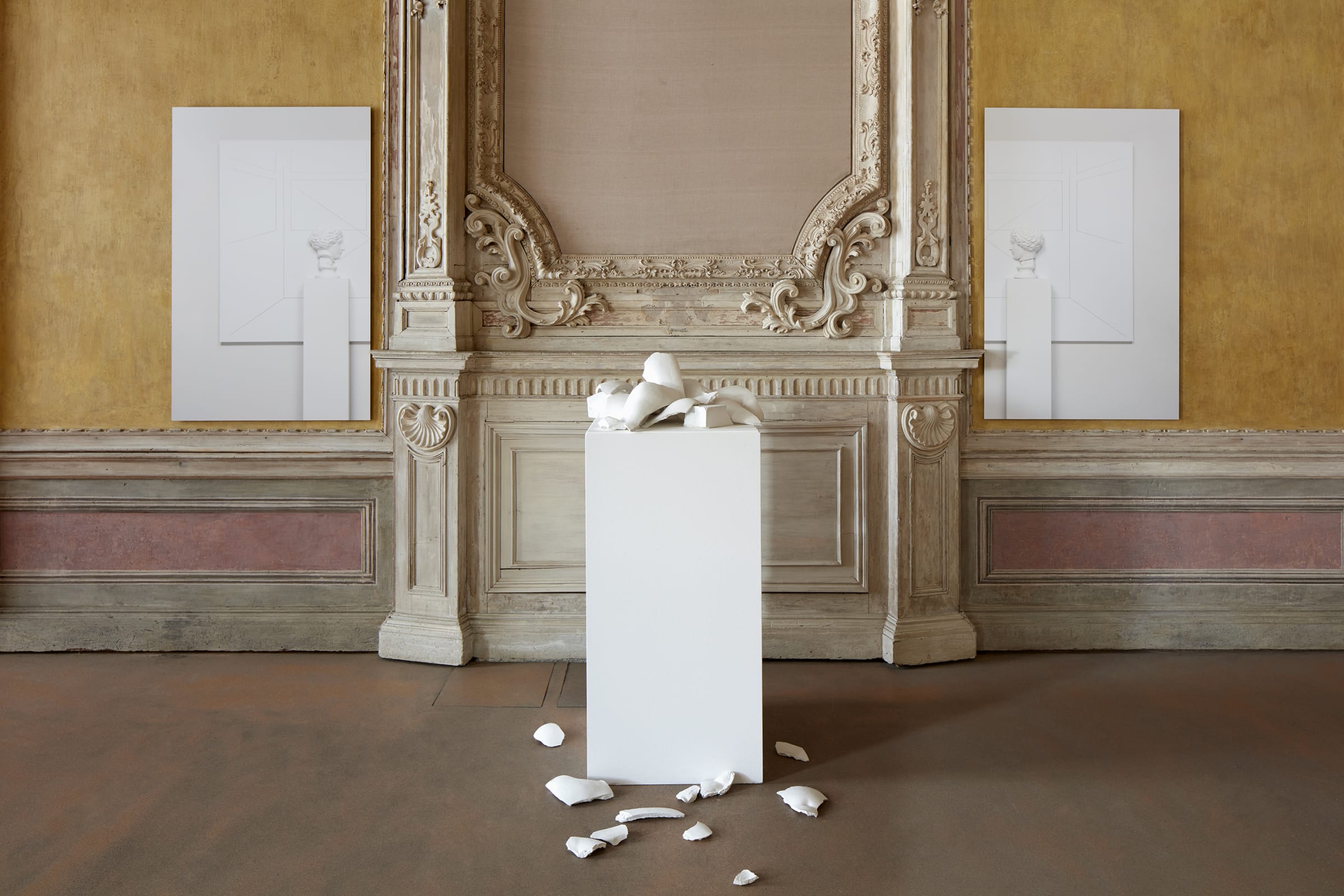
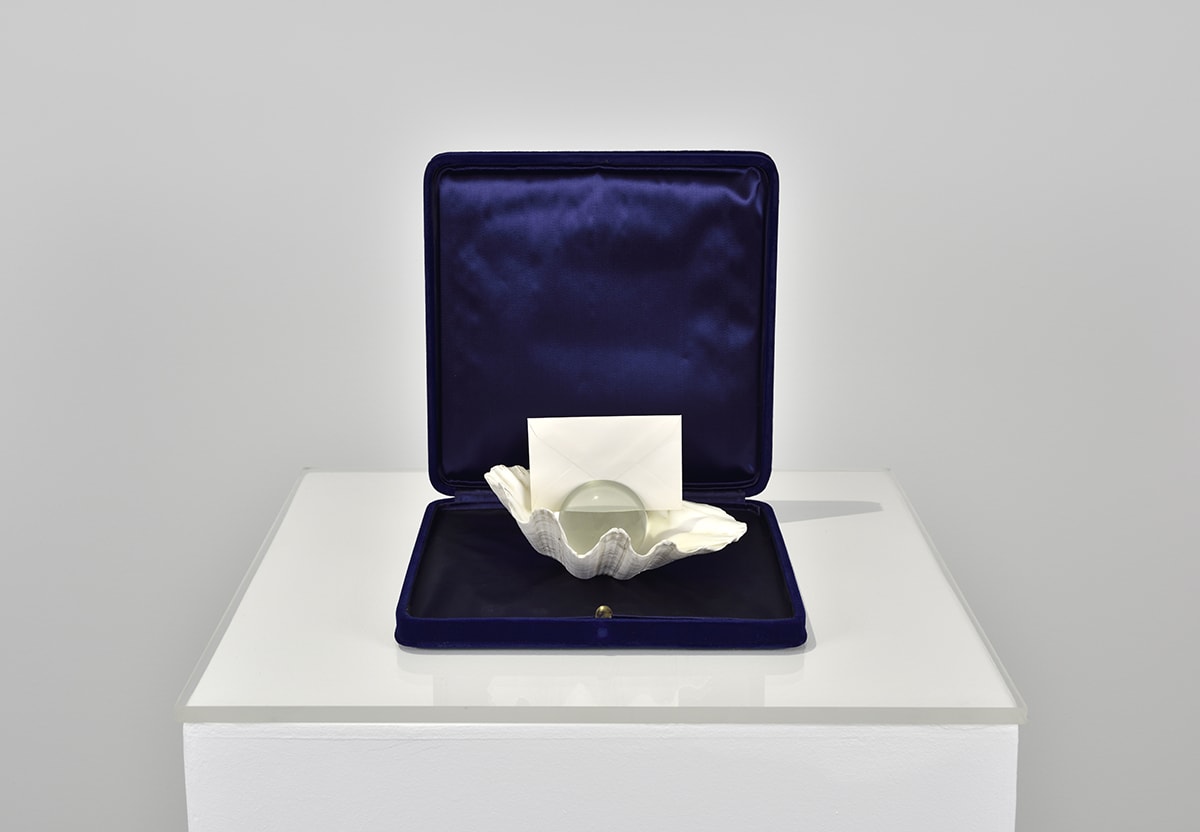

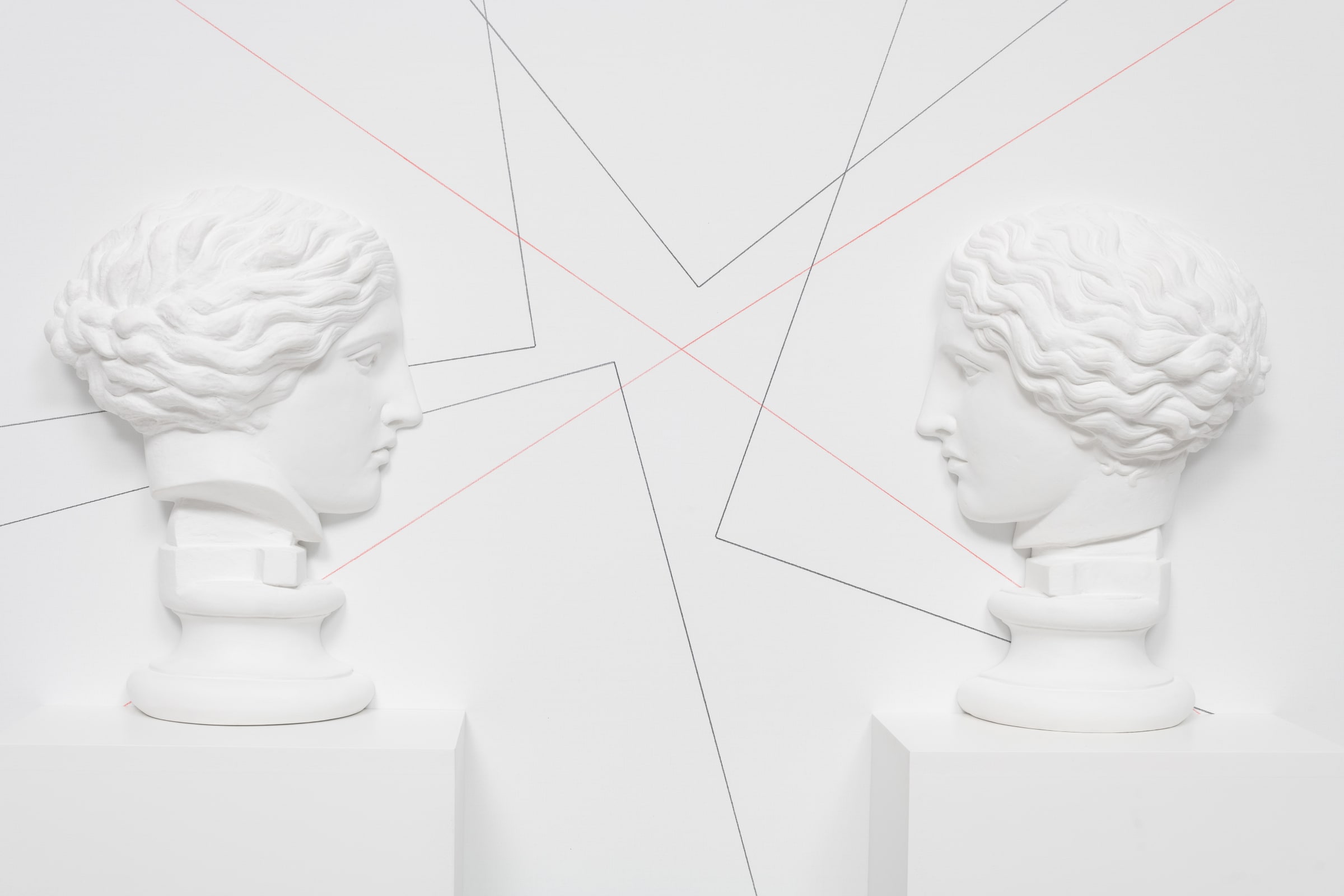

![Giulio Paolini Autoritratto [Self-portait], 1970 Photographic print, pencil inscription Image: 9 x 17 7/8 in. (23 x 45.5 cm) Frame:...](https://artlogic-res.cloudinary.com/w_800,c_limit,f_auto,fl_lossy,q_auto/artlogicstorage/mariangoodman/images/view/2a6b4781f7d970ebc2787523fbef52b6j.jpg)


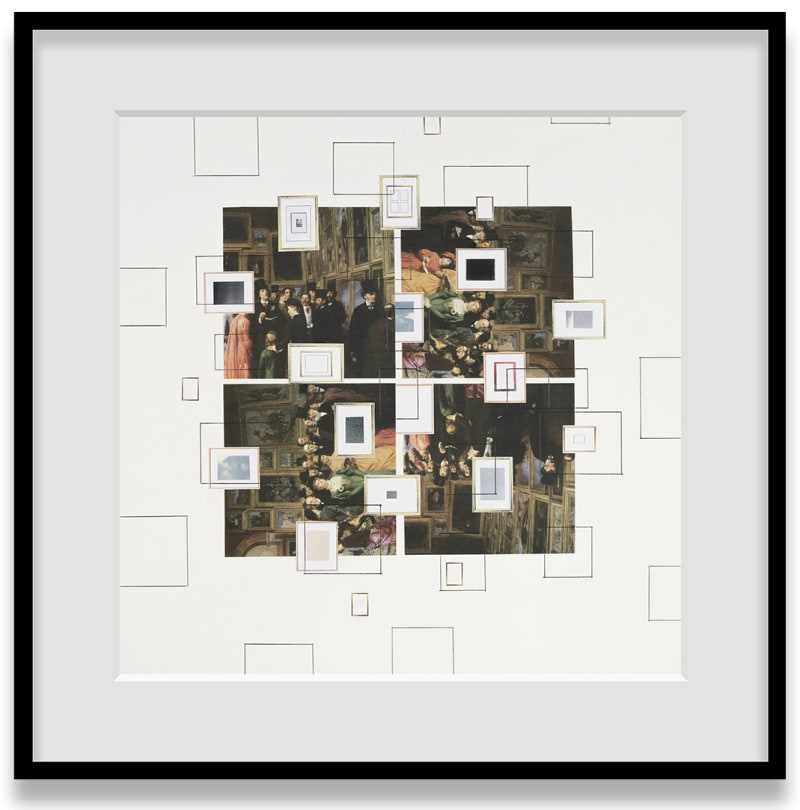

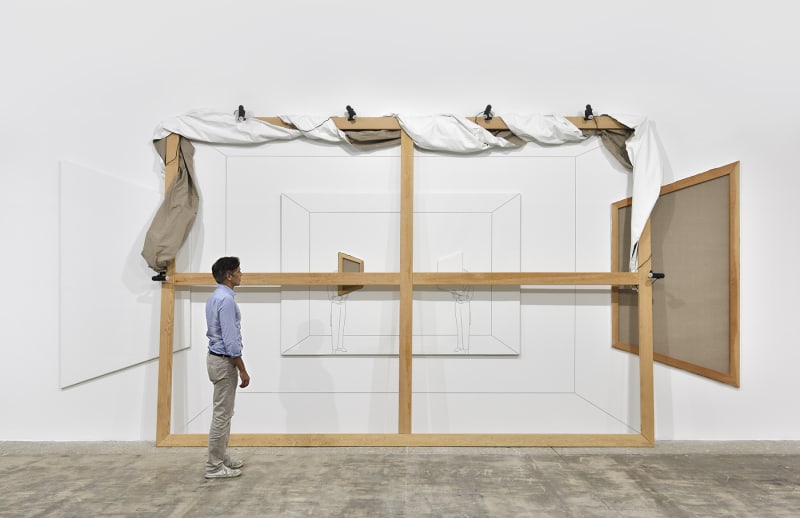














![[Left] Thomas Feulmer and [right] Lisa Le Feuvre. Artworks: [Left] Alighiero Boetti, L’albero delle ore (Tree of hours), 1979. Tapestry. 128 × 76 inches (325.1 × 193 cm). Dallas Museum of Art, fractional gift of The Rachofsky Collection; [Right] Giulio Pa](https://artlogic-res.cloudinary.com/w_800,h_800,c_limit,f_auto,fl_lossy,q_auto/ws-mariangoodman/usr/images/news/main_image/items/cd/cdf599bc9e65447f95e6cba716e50cfa/lisa-and-thomas-photo-credit-exploredinary.jpg)

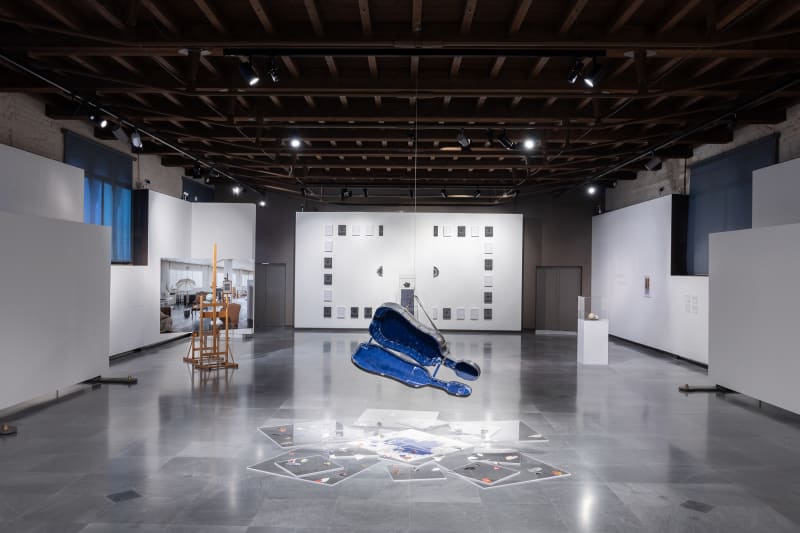

![Giulio Paolini Studio per “In cornice” [Study for “In cornice”] Collection of the artist Collage on paper Photo Luca Vianello. Courtesy Fondazione Giulio e Anna Paolini, Turin © Giulio Paolini 70 x 50 cm 2022](https://artlogic-res.cloudinary.com/w_800,h_800,c_limit,f_auto,fl_lossy,q_auto/ws-mariangoodman/usr/images/news/main_image/items/10/10aa7f58ed43483ca8c626d8bfa4fd3e/paolini-2023-exhibition-rome.jpg)
